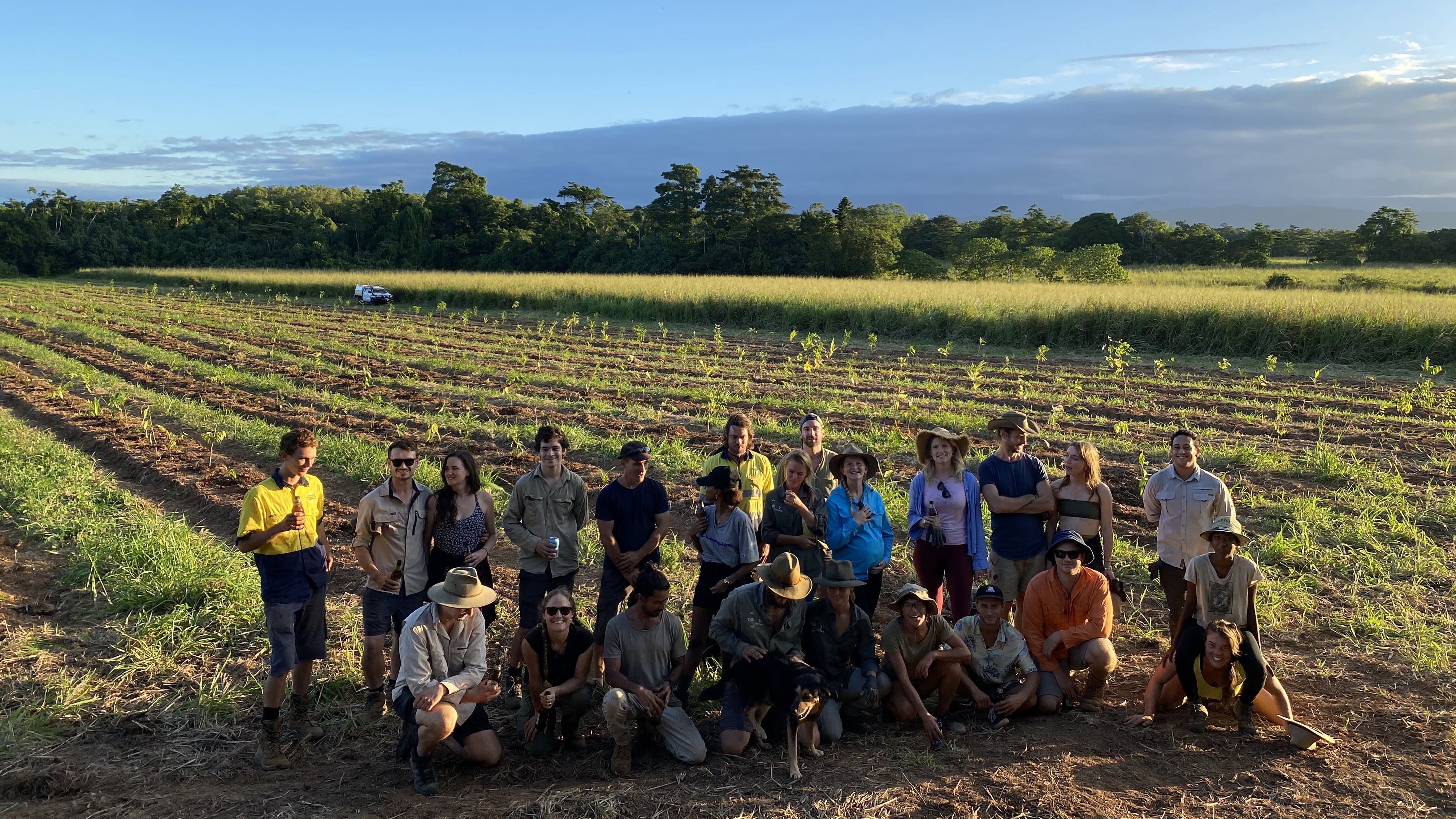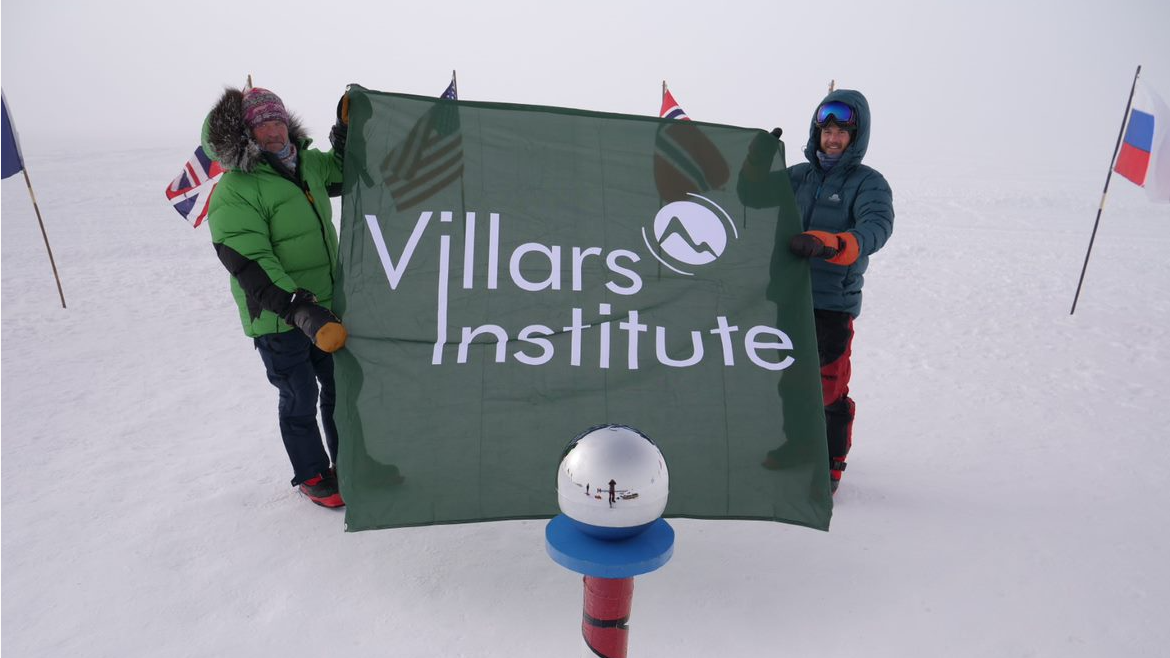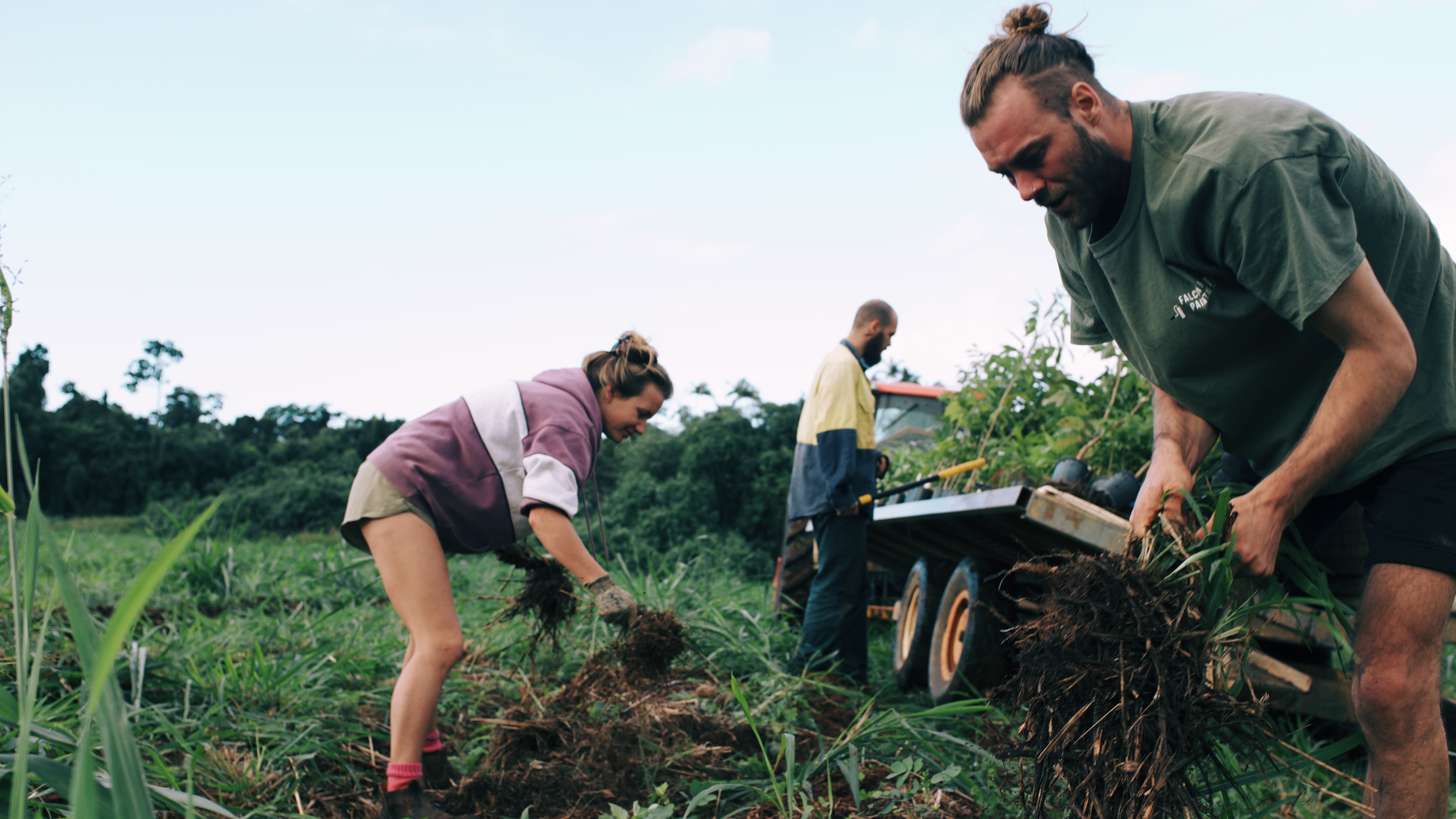If you imagine one place on the planet at the intersection of climate change and biodiversity loss, most of us would think about the Amazon Rainforest, which is also the answer you would get from ChatGPT. In reality there are many tropical and temperate rainforests in the world for us to consider. Tropical rainforests are closer to the equator while temperate ones are north or south of the equator. The two largest tropical rainforests are the Amazon and in the Congo. However, the world’s oldest tropical rainforest, the Daintree in Far North Queensland is in Australia. The Daintree Rainforest is around 180 million years old and estimated to be 10 million years older than the Amazon. It is also where organic reforestation techniques are being tested for their biodiversity outcomes using the latest data-tracking technologies and open-source data visualizations.
The Tropical ReGen initiative is the brainchild of sustainable development advocate and biodiversity champion Barney Swan and his team at ClimateForce. Their core mission is to regenerate degraded land and transform it back into the thriving rainforest that existed before. They have planted 360,000 native trees using state-of-the-art technology, bringing a whole host of additional benefits for biodiversity, communities, and research along the way. Barney also actively supports the intergenerational mission of the Villars Institute.
Barney Swan at the South Pole in 2023 with his father, Robert Swan, renowned polar explorer and climate activist.
The Villars Institute is exploring innovative ways to connect youth worldwide, including Villars Fellows, to share in the ambition, and contribute to the mission, of the Tropical ReGen reforestation initiative. Developments are also underway to launch a virtual reality experience at future Villars Institute events.
Regenerating an ancient rainforest
Barney and his team didn’t just want to plant trees organically and at scale. They wanted to pioneer a groundbreaking model, using a systems thinking approach for nature-positive regeneration that others could follow to restore forests across the planet. They began their journey in 2017 and as of today they have planted over 360,000 native trees on their 527-acre site. Their work has already removed 45,000 tonnes of CO2 from the atmosphere. As well as helping to address greenhouse gas emissions, the trees planted are building a vital wildlife corridor between the Great Barrier Reef and Wet Tropics World Heritage Sites. From seed to canopy, this in turn drives positive outcomes for soil, water, flora and fauna.
You can learn more about Barney Swan’s personal journey to becoming a global “ecopreneur” and his leadership philosophy in this insightful and inspiring podcast interview with Jennifer Wu and The Founder Spirit Podcast.
Harnessing 21st-century tech, respecting ancient ways
Climate Force is harnessing the very latest technology to facilitate its work but also applying the knowledge and practices from the traditional custodians of the land. By unlocking the power of state-of-the-art drone surveying, virtual reality and geospatial mapping, this publicly accessible Impact Dashboard has been conceived, itself a powerful prototype for monitoring and tracking progress of biodiversity restoration, with the potential for broad-scale application. Other technologies deployed include everything from solar panels powering its facilities to biodiversity-tracking techniques to monitor the development of plant, insect and animal species on the site.
It’s not just nature benefitting from the Tropical ReGen program. Supporting local communities is a key pillar of the project’s blueprint for reforestation. This entails creating jobs to boost the local economy but also engaging with local people through education programs and working alongside First Nations communities such as the Kuku Yalanji.
Villars Fellows: Planting seeds in the soil of progress
Regenerating a rainforest requires collaboration, and the Villars Institute is proud to be supporting Barney and the ClimateForce team to bring their nature-positive vision to life. Barney, alongside his father Robert, have previously inspired our Villars Fellows, demonstrating the power of intergenerational collaboration by carrying the Villars Institute flag all the way to the South Pole. They both captured the imagination of participants at the Villars Symposium, speaking passionately to encourage all generations to take action against biodiversity loss and climate change. This partnership is a new step in our collaboration with this inspiring father-son duo.
There is a powerful symmetry between the Tropical ReGen Project - nurturing a thriving ecosystem to help decarbonize our planet - and the Villars Fellowship Program - inspiring young minds to build a brighter future and to develop into systems leaders. For example, Villars Fellows have been invited to play their role by having a tree planted in their name in the Daintree. Each Fellow will share their own personal commitment to sustainability, and will be able to track their tree’s growth on ClimateForce’s digital dashboard. Each seed planted is a physical bond between the Fellow and this transformative project. But beyond that, it is a living reminder of their journey to build a nature-positive, net-zero world that works for all.
As the seeds develop into strong trees, they will become part of a biodiverse ecosystem. Through systems leadership and intergenerational collaboration, we hope this partnership will inspire these young changemakers to embrace life-long learning and continuous personal growth.






